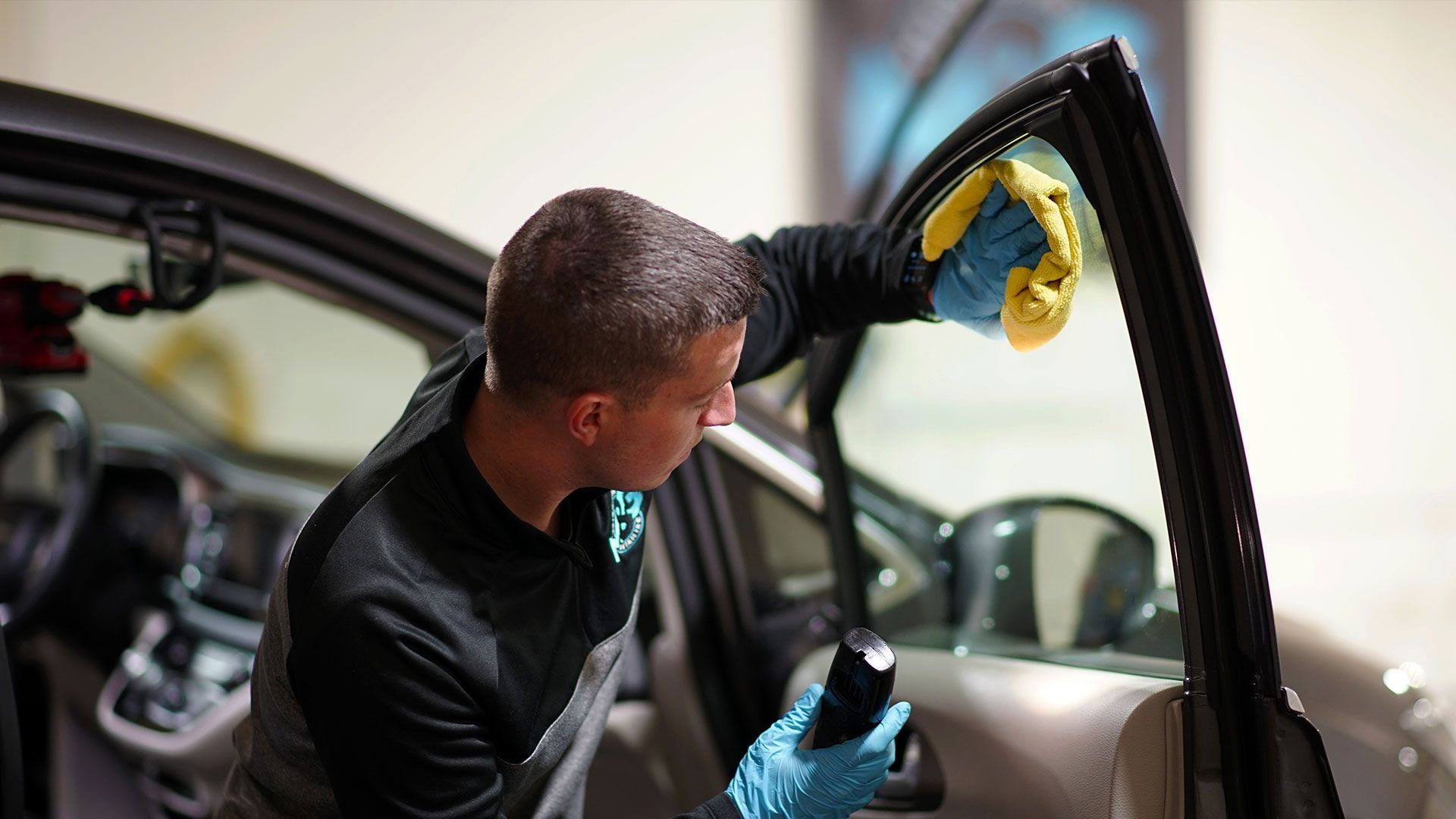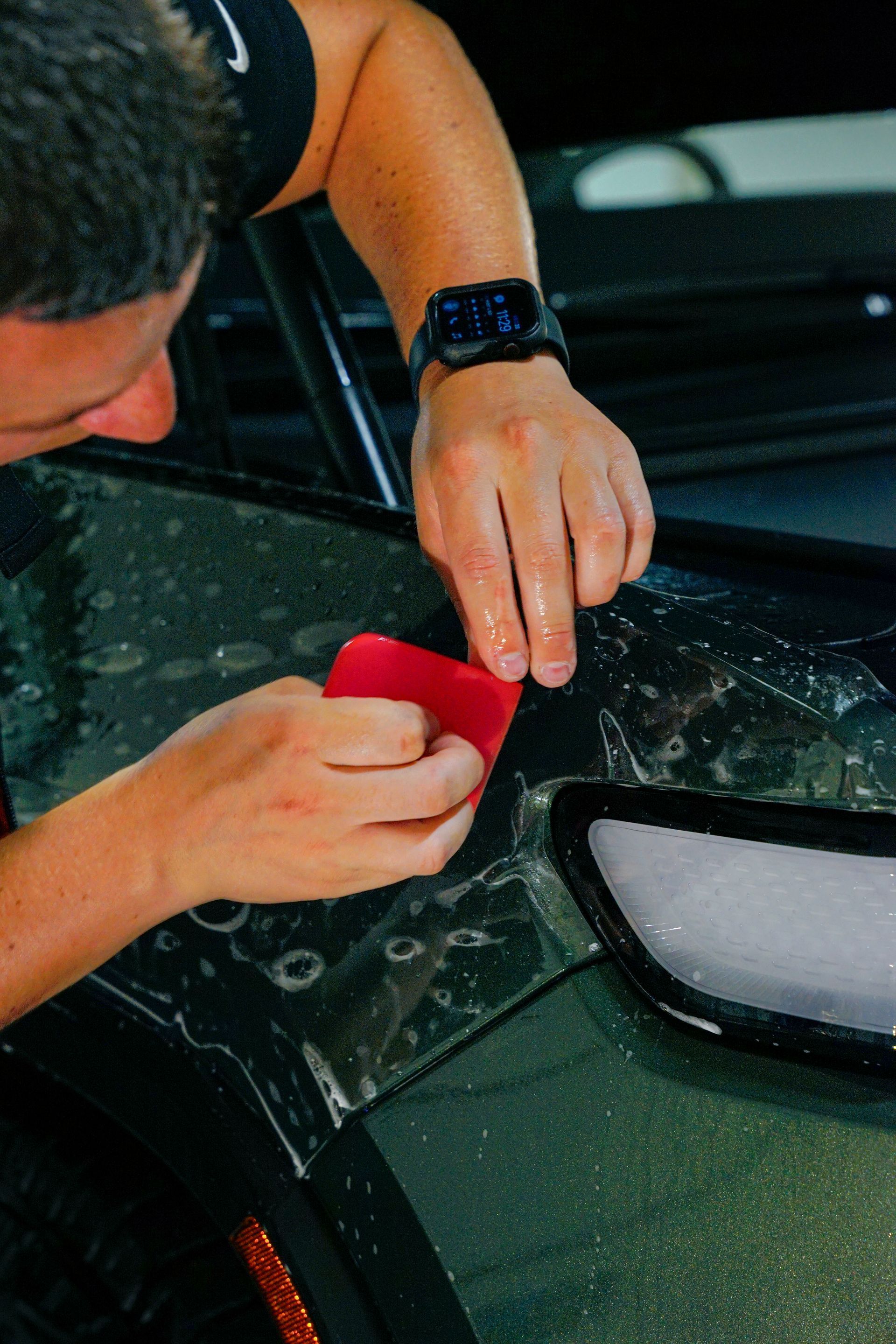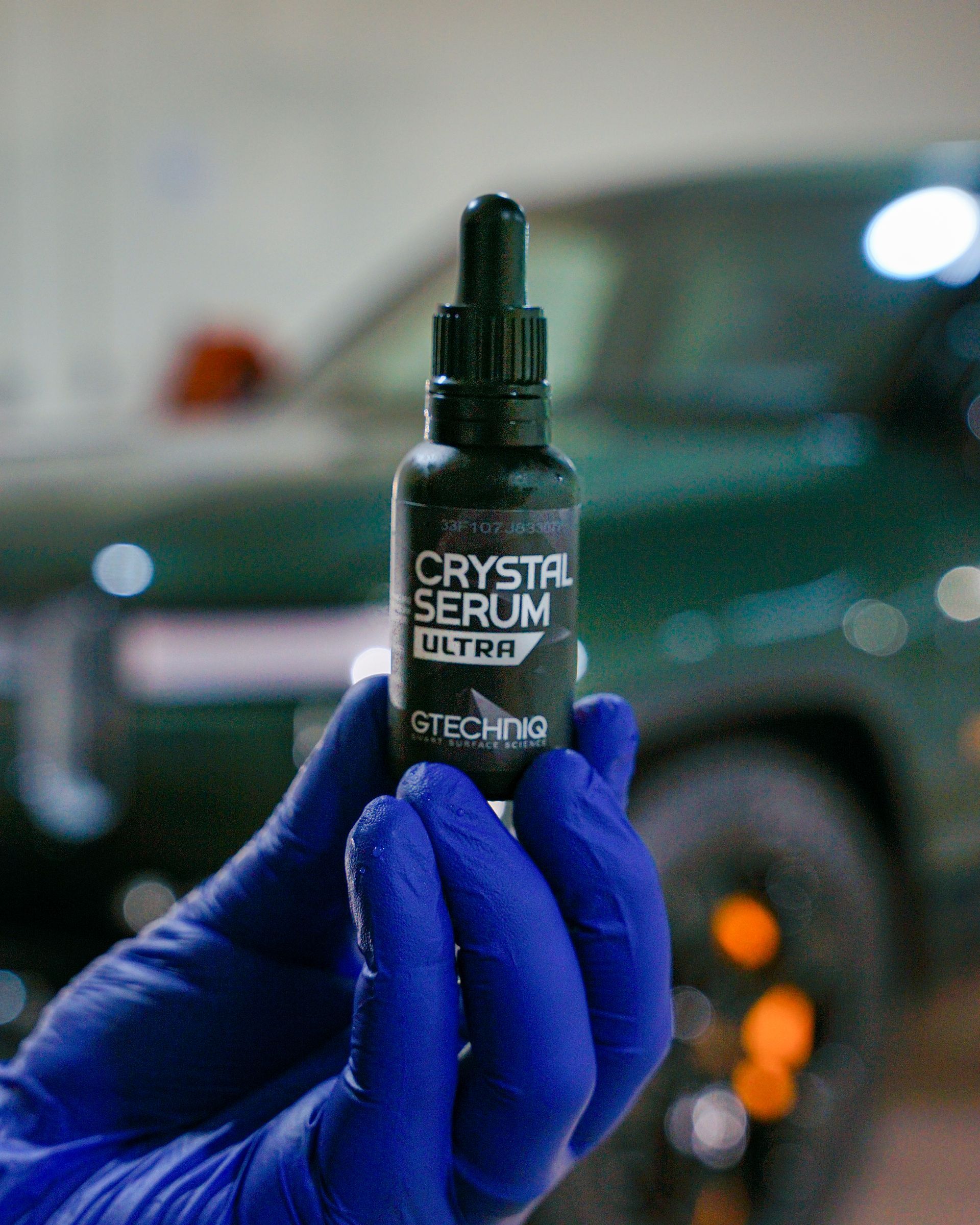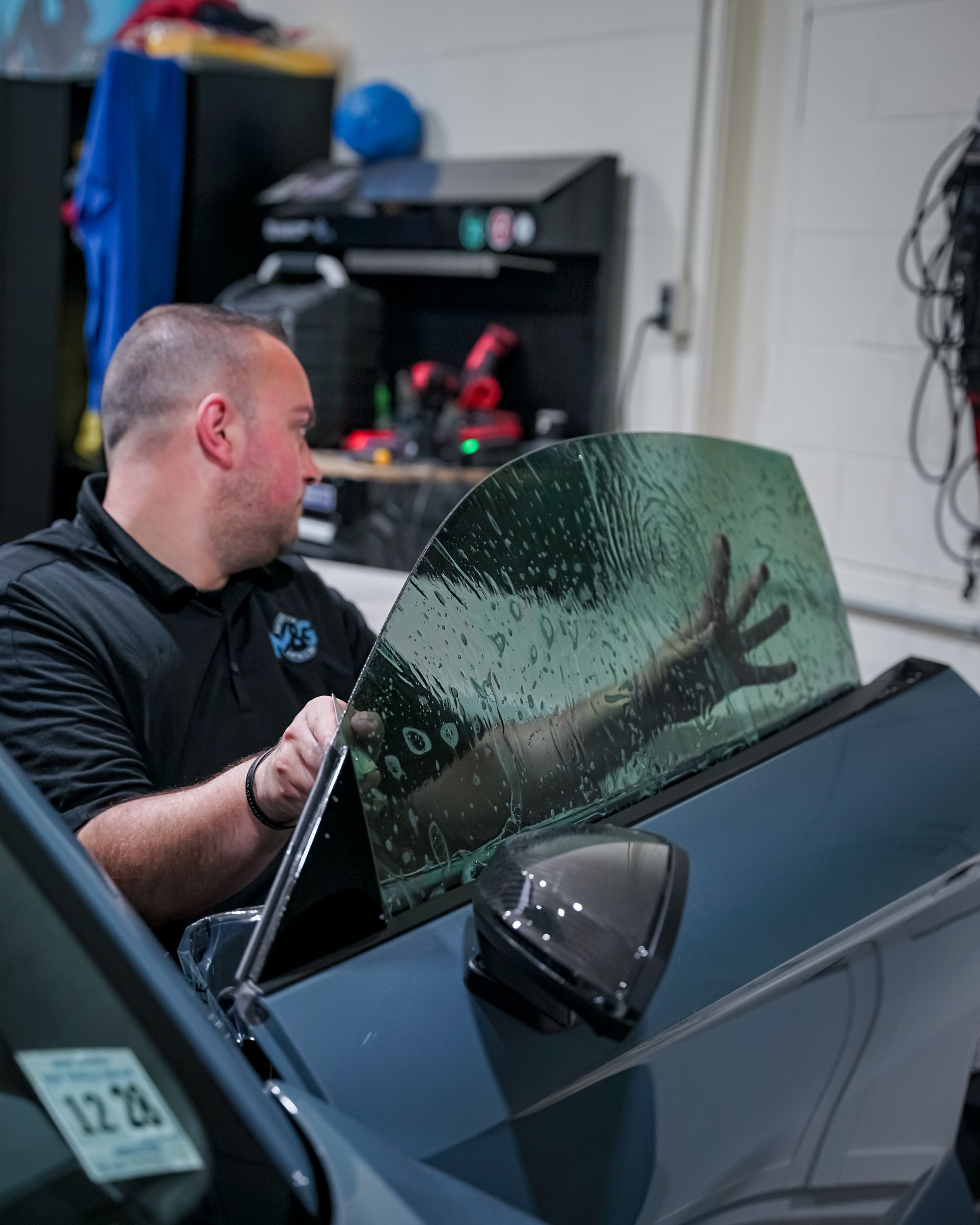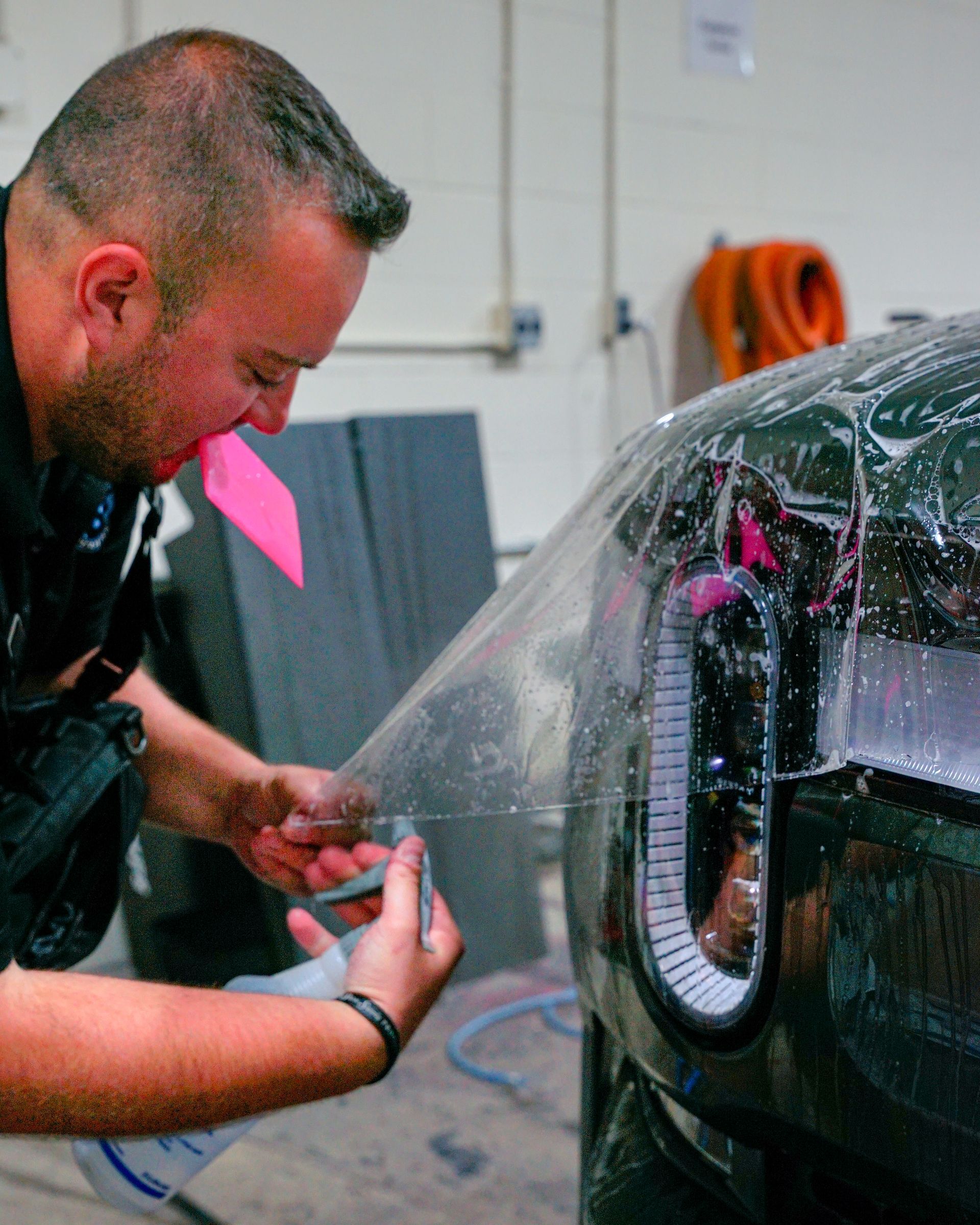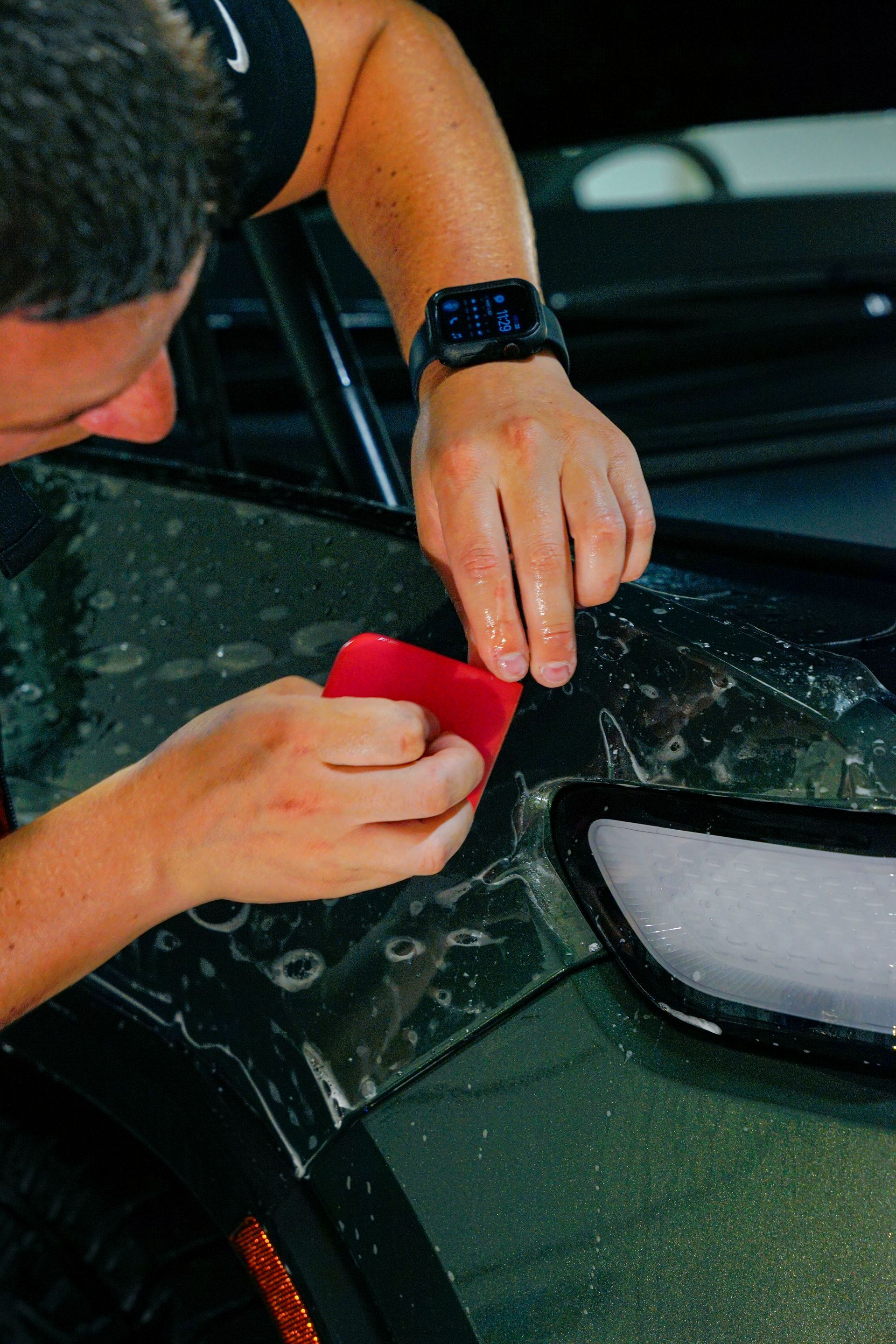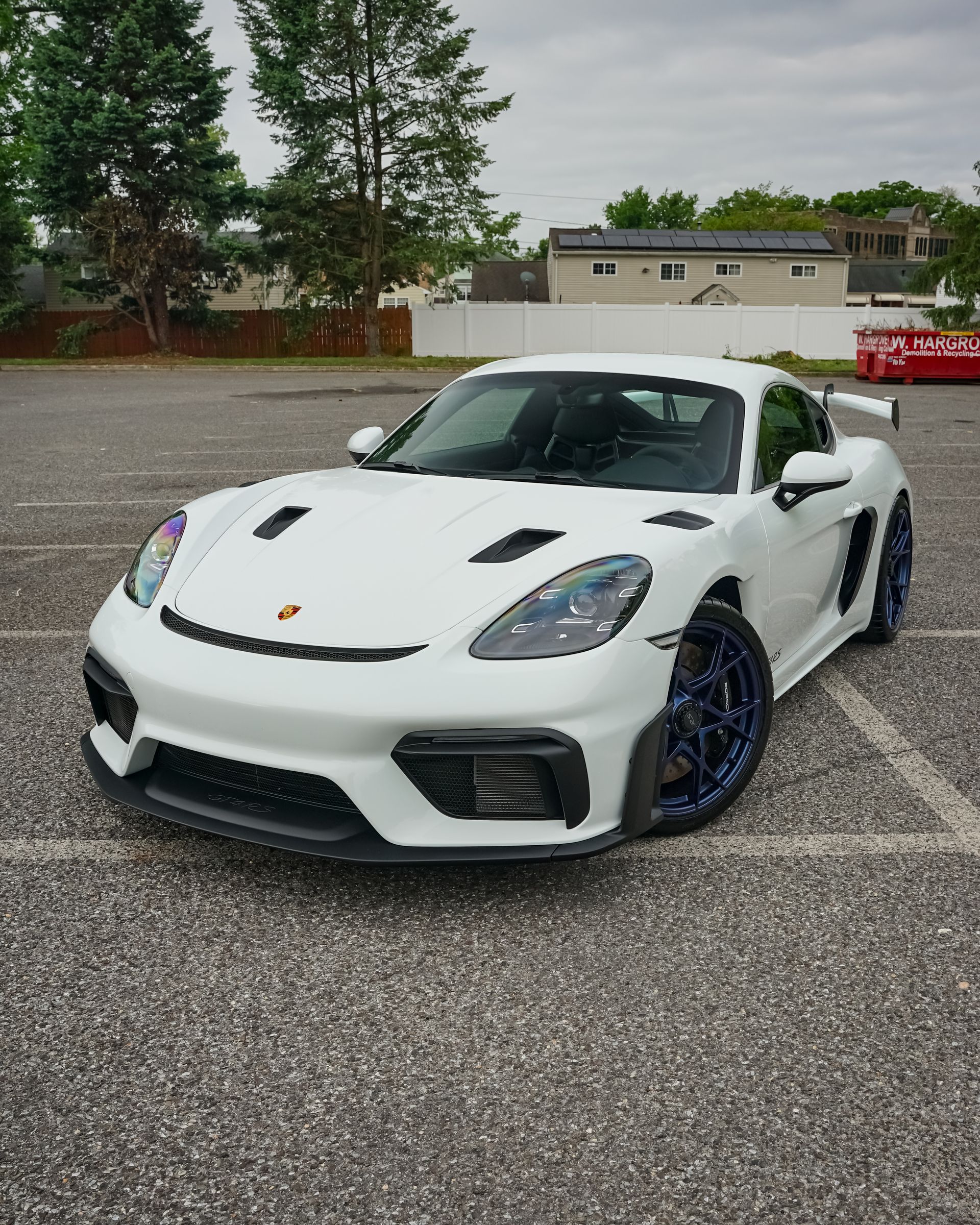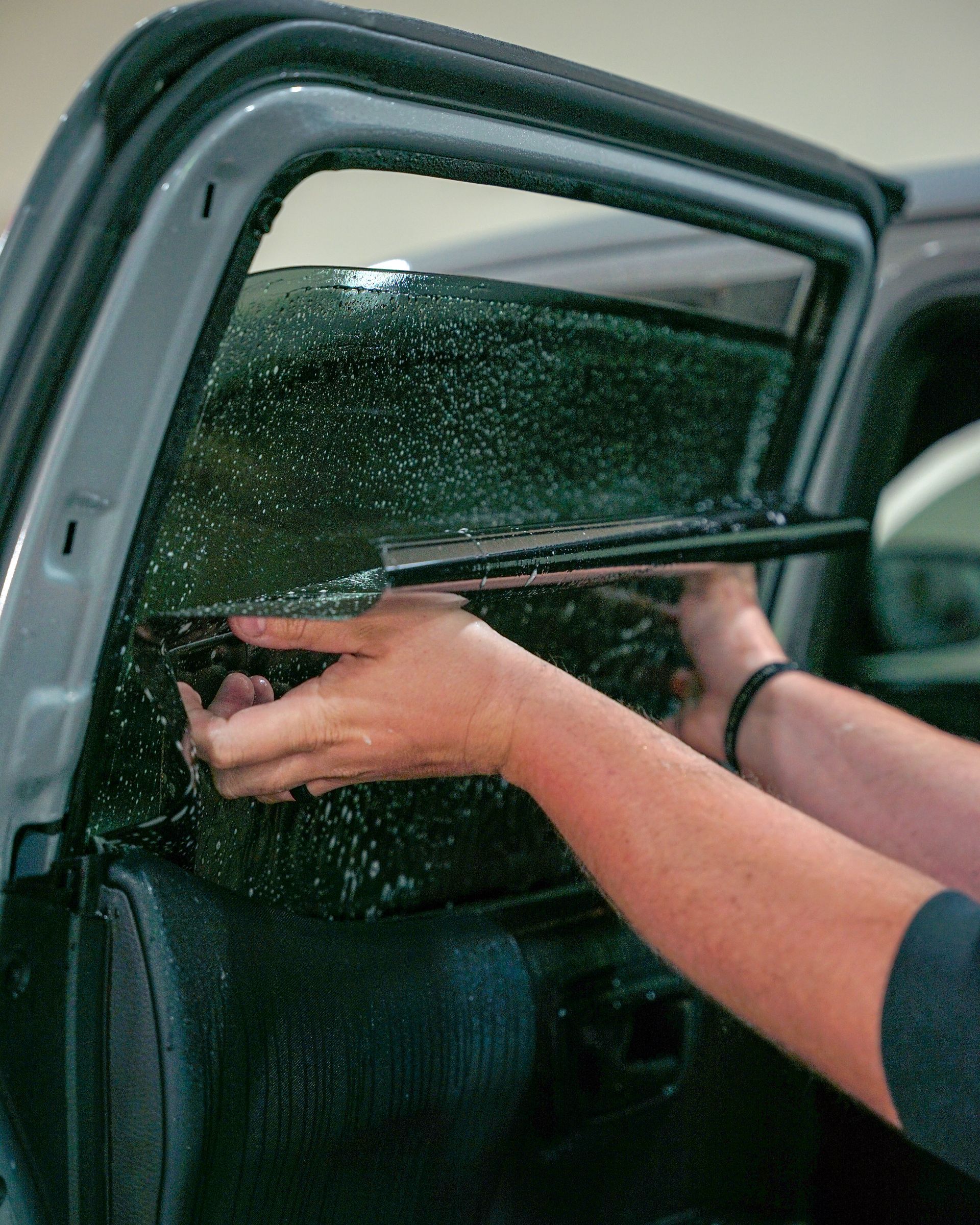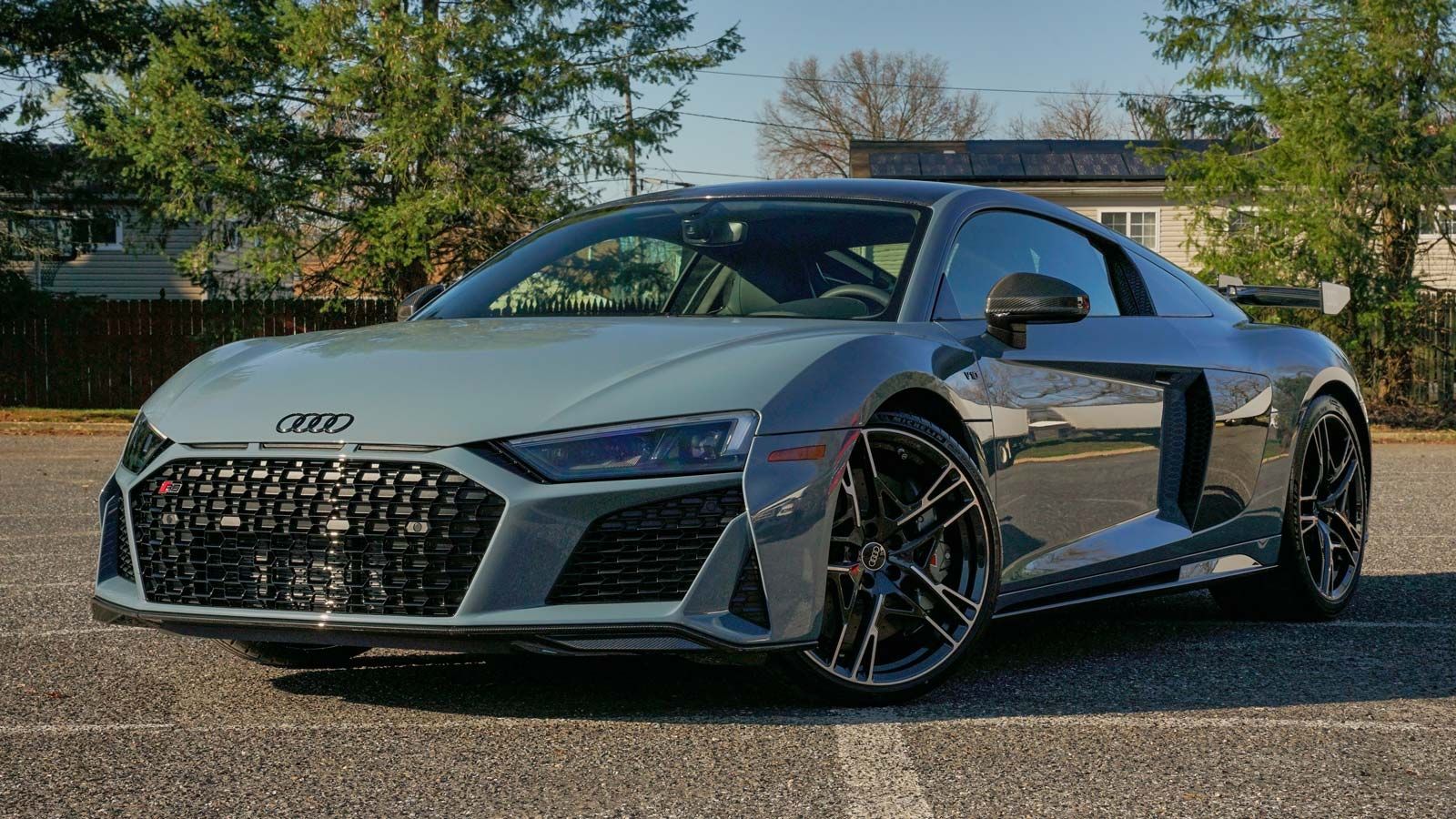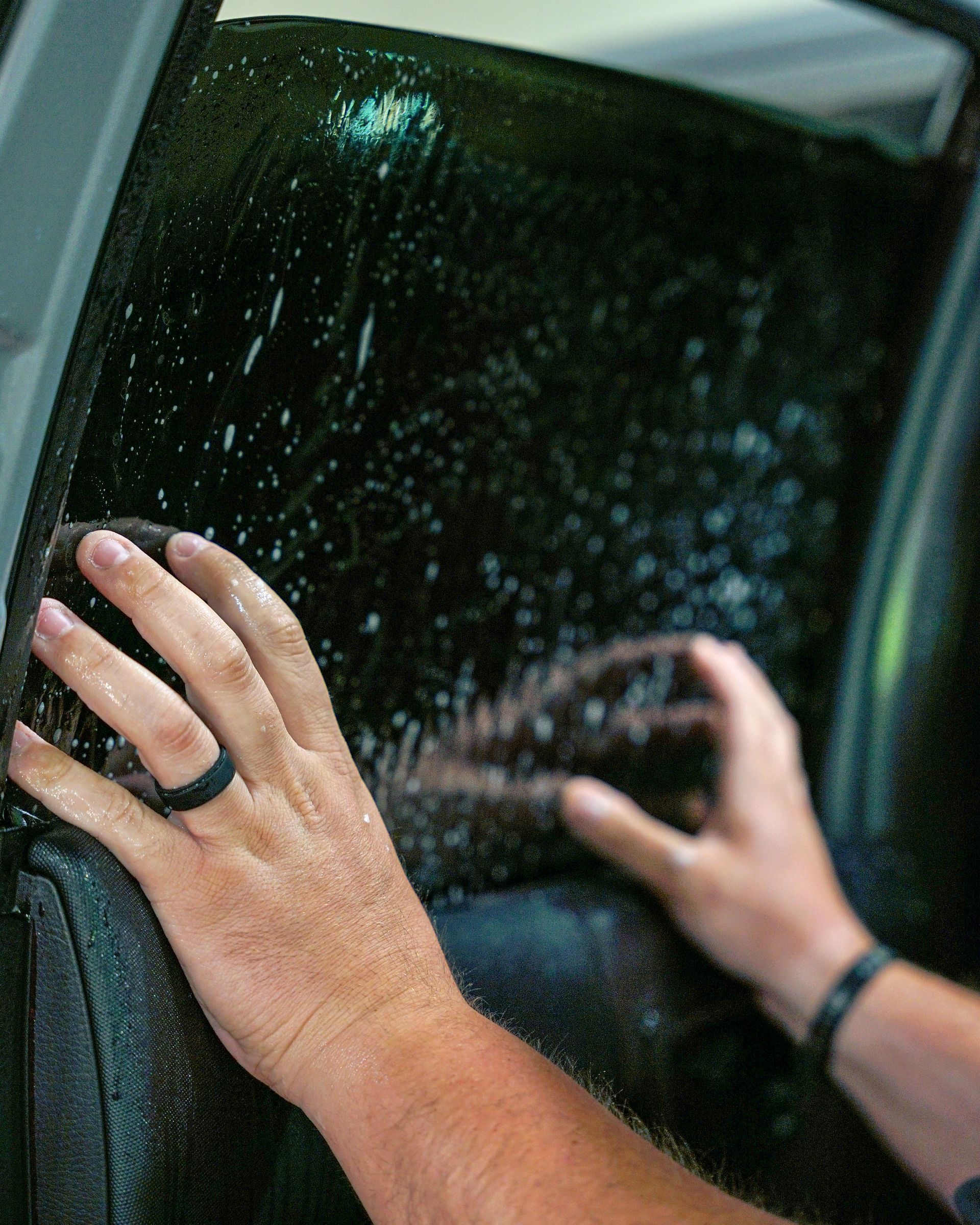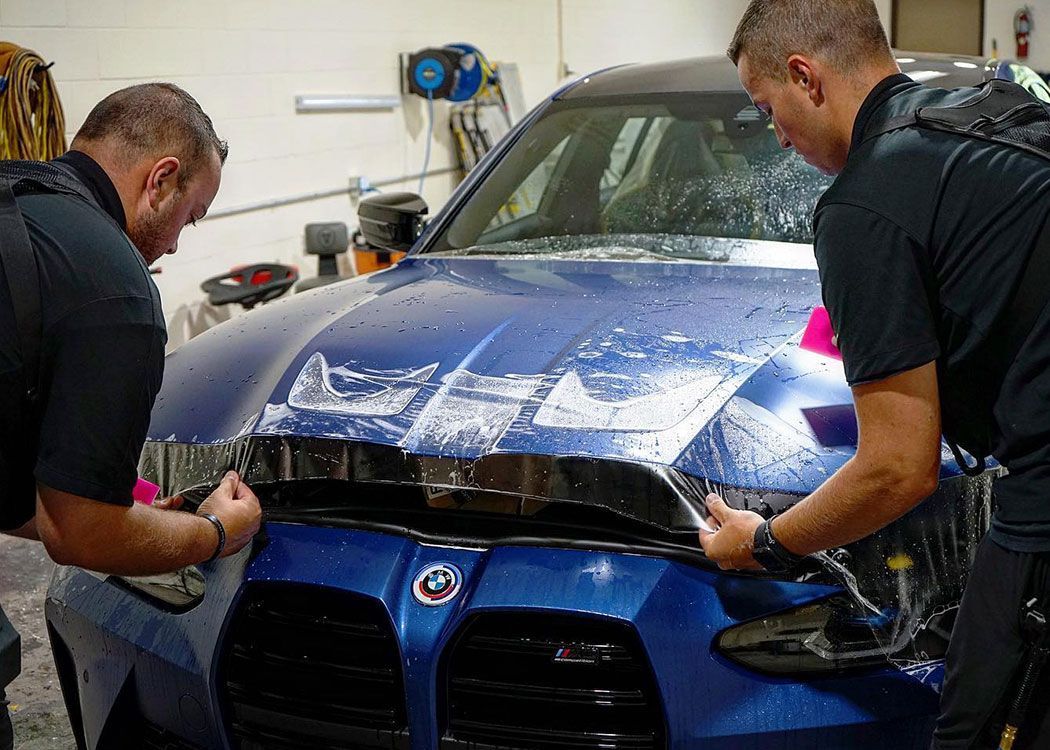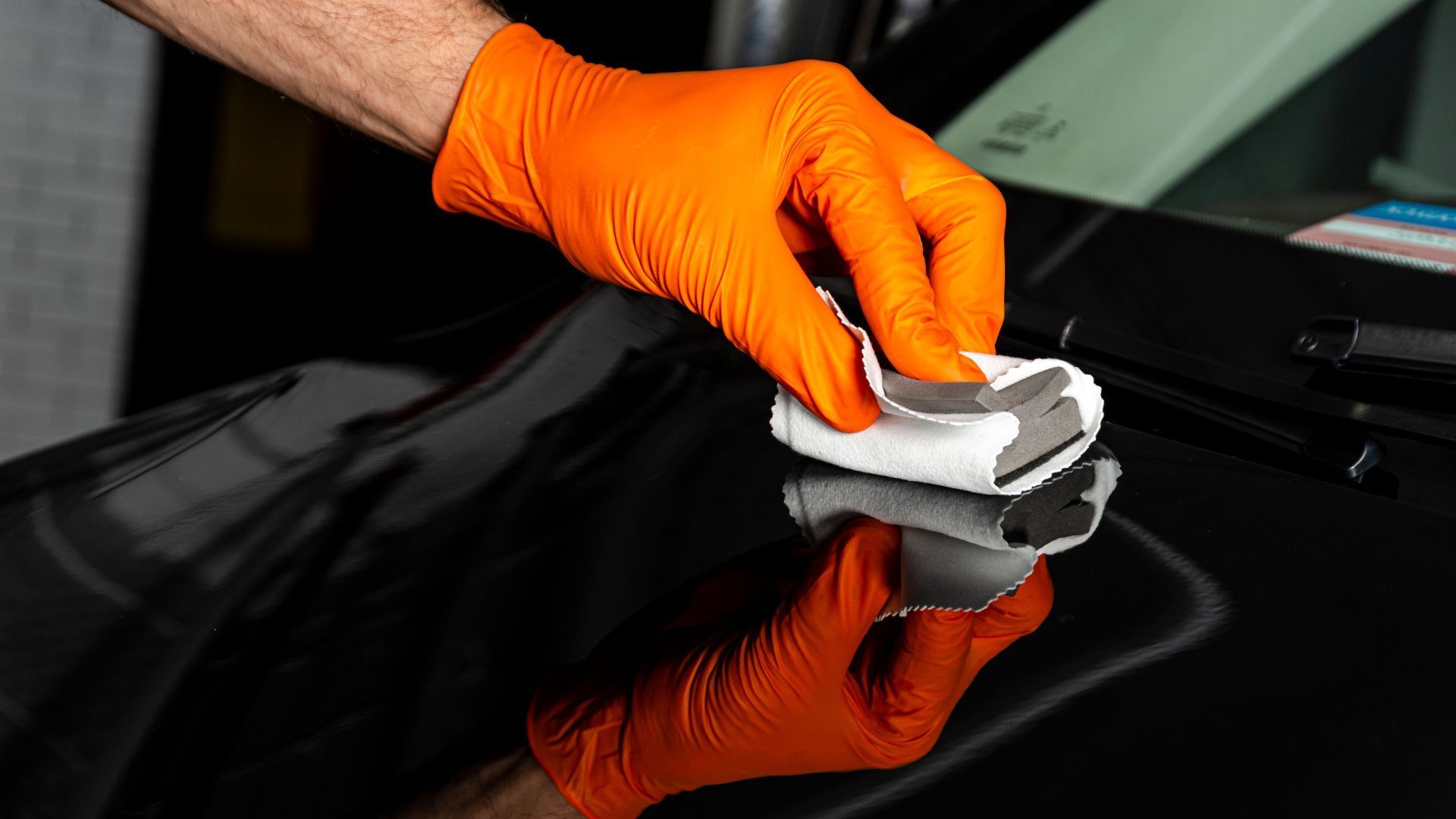Stain-Resistant PPF: The Ideal Protection for Everyday Driving
When you think about keeping your car looking great every day, it's often a struggle between convenience and protection. You want to avoid those pesky stains from bird droppings, rain spots, and dirt that can quickly ruin that shiny finish. Stain-resistant paint protection film is a game-changing solution designed to shield your vehicle from everyday wear and tear while making maintenance easier than ever. These modern protective films not only help keep your car’s surface clean but also promise long-lasting durability—so you can drive confidently without the constant worry about how your car looks.
Stain-resistant PPF is ideal for everyday driving because it effectively protects your vehicle's surface from dirt, grime, and environmental contaminants while maintaining a clean appearance. This advanced film not only prevents staining but also enhances overall durability, allowing car owners to enjoy their vehicles without worrying about the unsightly effects of daily use.
The Technology Behind Stain-Resistant PPF
At the heart of modern stain-resistant paint protection film lies advanced coatings and materials that have been engineered to provide the highest level of protection while maintaining the beauty of your vehicle's finish. The latest iterations of paint protection film utilize advanced polymers designed for their durability and ability to seamlessly blend into the car's surface, making them virtually invisible. This clarity ensures that your car looks pristine while being shielded from the elements.
One of the standout features in these films is the urethane top coat, which possesses self-healing properties. When subjected to minor scratches or swirl marks, the top coat can actually heal itself through heat activation—whether from sunlight or warmth generated by a running engine. This remarkable capability significantly extends the lifespan of your vehicle's appearance, keeping it looking fresh without constant upkeep.
With advances in nanotechnology, manufacturers have transformed how PPF performs under various conditions. These technologies enhance durability while ensuring the film remains ultra-thin. This means repairs can be less frequent while retaining superior aesthetics and functionality, leading to fewer maintenance headaches for vehicle owners—something everyone appreciates when juggling busy schedules.
Self-Healing Properties of Paint Protection Film
Digging deeper into what sets paint protection film apart today, we uncover an intricate process associated with self-healing properties. Self-healing polymers respond to minor damage without requiring manual repair or replacement after sustaining light scratches; they possess a unique molecular makeup that allows them to rearrange themselves and effectively 'fill in' any damage autonomously. Imagine driving down a sun-drenched highway; small rocks and debris may slightly mar your car's surface during a leisurely drive. Traditionally, this might require buffing and polishing to restore its glory, but with self-healing paint protection film, a little sunlight can work wonders all on its own. The polymer structure synergizes with heat to mend those annoying blemishes, providing time-saving benefits for every driver.
Everyday Benefits of Stain-Resistant PPF
For anyone who uses their vehicle on a daily basis, encountering dirt, road grime, and environmental contaminants is inevitable. The reality is that with every drive, your car's exterior faces threats that can diminish its appearance. Stain-resistant paint protection film acts as a shield against these aggressors, providing not just protection but peace of mind.
- Protection from Environmental Damage: One of the most immediate benefits of paint protection film is its capacity to fend off a variety of hazardous elements often encountered on the road. Imagine driving through a rainstorm only to find your vehicle splattered with tree sap after parking under a canopy of trees. These sticky remnants can permanently mar your paint if left unattended, leading to costly repairs. Not to mention bird droppings and road salts, which can quickly eat away at your car's finish if not promptly cleaned. With a paint protection film, you gain an extra layer of defense against these everyday nuisances.
- Reduced Wear and Tear: Many long-term users of paint protection film notice significantly less wear and tear on their vehicle's paint over time. This isn’t just anecdotal; it's backed by user experiences and testimonials. Cars look almost new even after five years of daily commuting—something most drivers would envy! The self-healing properties embedded in modern paint protection film enable minor scratches and swirl marks to disappear within 24 hours when exposed to heat, contributing to maintaining that like-new appearance. It’s fascinating how such technology ensures that the rigors of daily driving won’t take a toll on your investment.
- Financial Savings: Beyond aesthetics, a paint protection film can save you money in the long run by reducing the frequency and necessity for paint touch-ups and detailing services. Often overlooked during initial cost assessments, these savings can accumulate over the years as traditional vehicles typically require regular upkeep to repair chips and scratches incurred from daily use. When factoring in the average lifespan of stain-resistant paint protection film—between 5 and 10 years—this protective layer often proves to be more economical than anticipated when you calculate avoided maintenance costs or decreased automobile value.
While recognizing the various advantages it offers, understanding how hassle-free this solution is in terms of upkeep adds another layer of appeal.
Ease of Cleaning and Maintenance
Simple Cleaning Requirements
One of the standout features of stain-resistant paint protection film (PPF) is the simplicity it brings to maintenance routines. It really is as straightforward as it sounds—cleaning your vehicle becomes a breezy affair. Imagine this: after a long day, rather than dreading every fleck of dirt or smudge on your car's surface, you can simply rinse it down with water and follow up with a quick wipe using a microfiber cloth. This method leaves your car sparkling without any special cleaning agents, making it incredibly convenient for even the busiest lifestyle. Because you don't have to invest hours in polishing or waxing like you would with traditional automotive paints, you're left feeling empowered instead of burdened by maintenance.
Saves Time
For those who lead busy lives—whether you're commuting, running errands, or balancing work and family—every minute counts. This is where the time-saving aspect of stain-resistant PPF shines. Compared to traditional paint finishes that may require meticulous polishing and frequent waxing sessions, a paint protection film drastically reduces the hours you spend on cleaning duties. In fact, many car owners have noted significant reductions in the frequency of professional detailing services needed. Just think about it: fewer trips to the detailer equals more time spent doing what you love.
Reduced Risk of Discoloration
The stain-resistant features specifically address these little mishaps that can lead to major headaches down the road. Thanks to its innovative technology, stain-resistant PPF ensures that these common contaminants are less likely to cause discoloration. Most users found they could easily remove daily offenders without damaging the film! It's like having an invisible shield over your vehicle, allowing you to enjoy your drive without worrying about what might impact its flawless appearance.
With all these advantages in mind, it's clear that incorporating stain-resistant PPF into your vehicle care not only simplifies cleaning but also maintains a pristine look through innovative protection techniques, paving the way for further exploration of enhanced durability and UV defense strategies.
Enhanced Physical Durability and UV Protection
Stain-resistant PPF is designed to stand up to the rigors of daily driving, and its superior impact resistance is one of its standout features. Unlike traditional waxes that can wear off with time or ceramic coatings that may chip under pressure, a paint protection film acts as a shield against minor dings, scratches, and road debris. This ultimately protects your vehicle from the types of damage you can’t always predict. Picture your car braving gravel roads, dodging flying stones kicked up by other vehicles, or enduring unexpected encounters with shopping carts in parking lots—PPF handles all that with ease. And it’s not just physical impacts that PPF protects against; its UV protection capabilities are equally noteworthy.
Advanced paint protection films come equipped with UV-resistant properties, effectively blocking up to 99% of harmful ultraviolet rays that cause paint fading and oxidation over time. This factor is critical for maintaining your vehicle’s appearance, especially if you live in sunny regions where prolonged exposure to sunlight can degrade the original paint. Imagine stepping out after months of driving under the blistering sun only to find that your car's once-vibrant hue has dulled; this scenario can be avoided through careful installation of UV-protective paint protection film. Not only does it preserve color vibrancy, but it also saves on potential reconditioning costs down the road.
Long-Term Performance and Longevity
The true value of stain-resistant paint protection film becomes incredibly clear over time. This high-quality film isn't just a short-term solution; it acts as a durable shield for your vehicle’s paint, effectively extending its lifespan. In fact, many automotive experts stand by the notion that premium PPF can last up to 10 years, offering substantial protection against the variety of elements a car faces daily. With its robust composition, including layers designed to absorb minor impacts, a paint protection film stands ready to preserve your vehicle's beautiful finish for years on end.
When you think about longevity, consider this: the self-healing properties of paint protection film allow minor scratches to mend themselves within 24 hours simply through exposure to heat. This feature alone can save car owners countless hours spent on repairs. The quality of the paint protection film you choose greatly impacts these benefits. High-performance films often come equipped with superior technology that not only resists staining but also enhances UV protection, significantly reducing fading and preserving color vibrancy for a decade or more.
As we consider our everyday driving experiences and the maintenance required for our vehicles, investing in high-quality stain-resistant paint protection film is not merely an expense—it's a smart decision that pays off over time by keeping your car looking its best while minimizing necessary upkeep. In choosing stain-resistant paint protection film, you are ensuring long-lasting protection and aesthetic appeal for your vehicle.
Top Choice for PPF Solutions in Moorestown, NJ
Shield your vehicle from road debris, scratches, and environmental wear with M&G Automotive Detailing's
premium paint protection film (PPF) solutions in Moorestown, NJ. Our expert installers apply high-grade PPF that acts as a durable, nearly invisible layer over your car’s paint, preserving its pristine look while adding long-lasting defense. With M&G Automotive Detailing's commitment to quality and precision, you can enjoy flawless finish and peace of mind on every drive. Protect your investment today—reach out to M&G Automotive Detailing to discover our top-tier PPF services! Call us at (609) 923-3123 to get started!
